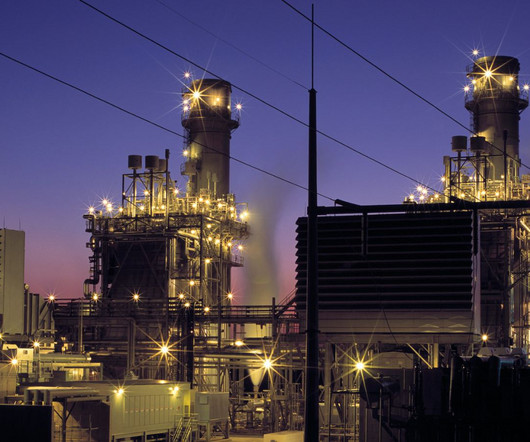Reliance on Gas Power Plants Fuels Inequity
Union of Concerned Scientists
JANUARY 10, 2024
California recently extended , for the second time, the operations of three gas plants to 2026. And all this polluting infrastructure has serious health and environmental implications for the surrounding communities. Most notable of these polluting emissions are nitrogen oxides (NOx).













Let's personalize your content